The term “full-size pickup truck” has never been more accurate than it is today. Models like the Ford F-Series, Chevrolet Silverado, GMC Sierra and Ram 1500 are larger than ever—but that doesn’t mean they’re more capable than their predecessors.
The growth of those full-size trucks has created a market for smaller, less-expensive pickups that can still do a lot of work. Manufacturers have stepped up with a new generation of mid-size pickups that boast strong, refined performance.
Many of those recent mid-size models now have a few years under their belts, so it’s a good time to go over what to watch for in the used market.
You’ll note that we haven’t included the Ford Ranger here. The latest version is too new to properly evaluate as a used vehicle, and the previous one is much smaller than today’s mid-size models. That also rules out the Mazda B-Series, which was a clone of the old Ranger. Also, all of the trucks we’re discussing today are available in the popular four-door Crew Cab configuration that was not available in the Mazda and old Ranger models.
Also, we’ve limited the trucks included here to those still on sale today. That rules out the Dodge Dakota, which has been out of production for a decade.
Honda Ridgeline
Honda introduced its Ridgeline pickup in 2006 on a platform shared with the Pilot SUV. That first generation lasted until 2014, and Honda introduced a second-generation model in 2017.
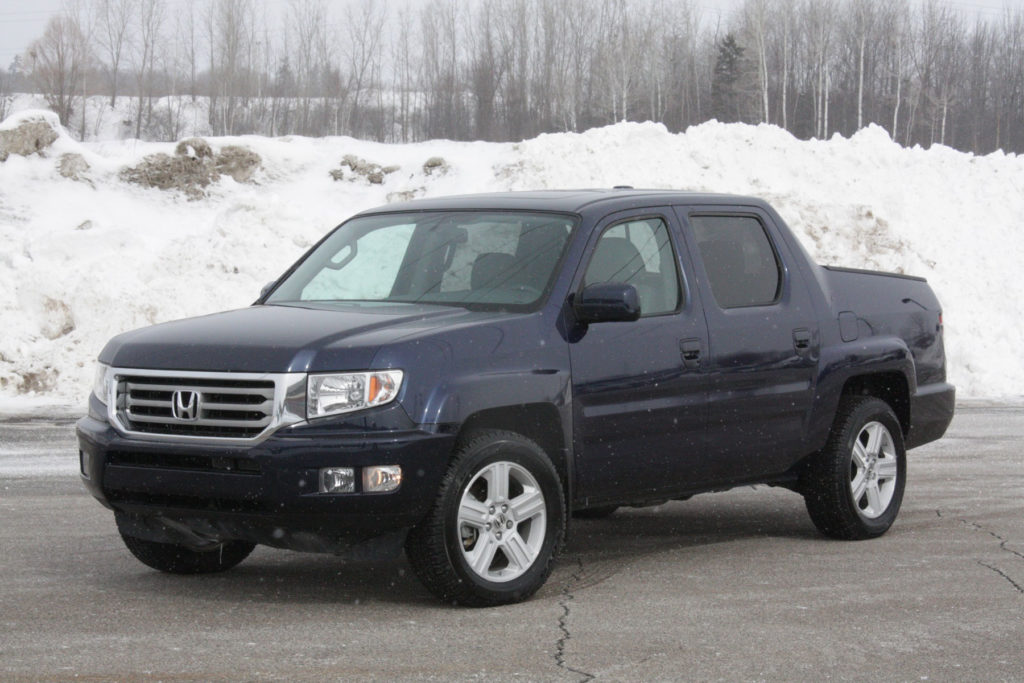
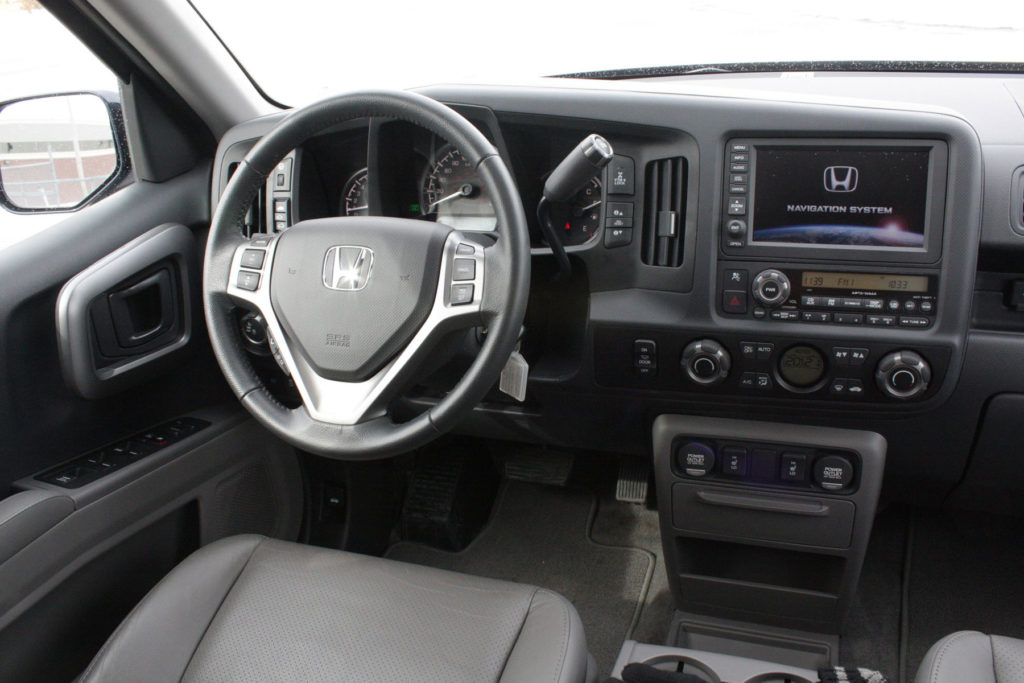
- In early models, inspect the connections to the transmission-fluid cooler built into the radiator, because they’re known to rust out. If they do, engine coolant can contaminate the transmission and possibly ruin it, if not fixed.
- The Ridgeline’s rear seats fold up to create more cargo space in the cabin. Over time, part of the mechanism for the bars that support the seats in their normal position can break. If that happens, the supports won’t retract out of the way when the seats are folded. If you’re comfortable working on your own vehicle, this is something you could fix yourself.
- When test driving a first-gen Ridgeline, make sure you’re the one who starts the engine the first time. Some owners report their trucks develop cylinder head gasket problems as the kilometres add up. One of the early symptoms is a puff of blue smoke at engine startup. That smoke-points to oil leaking into the cylinders past a failed gasket.
- Likewise, older first-gen Ridgeline models that make a clattering noise at idle may need a new timing-belt tensioner.
- If a second-generation Honda Ridgeline displays a litany of error messages in the gauge cluster, the cause is probably a faulty sensor or a component in the Honda Sensing suite of active safety features. It could also be related to a Honda recall to replace a wiring connector under the truck bed that’s prone to water intrusion. This is a problem best left to a dealer to diagnose.
- Honda issued a couple of service bulletins to address complaints of a “judder” sensation from the transmission. The fault is software-related, and an update to the gearbox’s electronic controls should fix the issue.
Toyota Tacoma
Toyota most recently redesigned its Tacoma for the 2016 model year, replacing a previous-generation version that had been around since 2005.
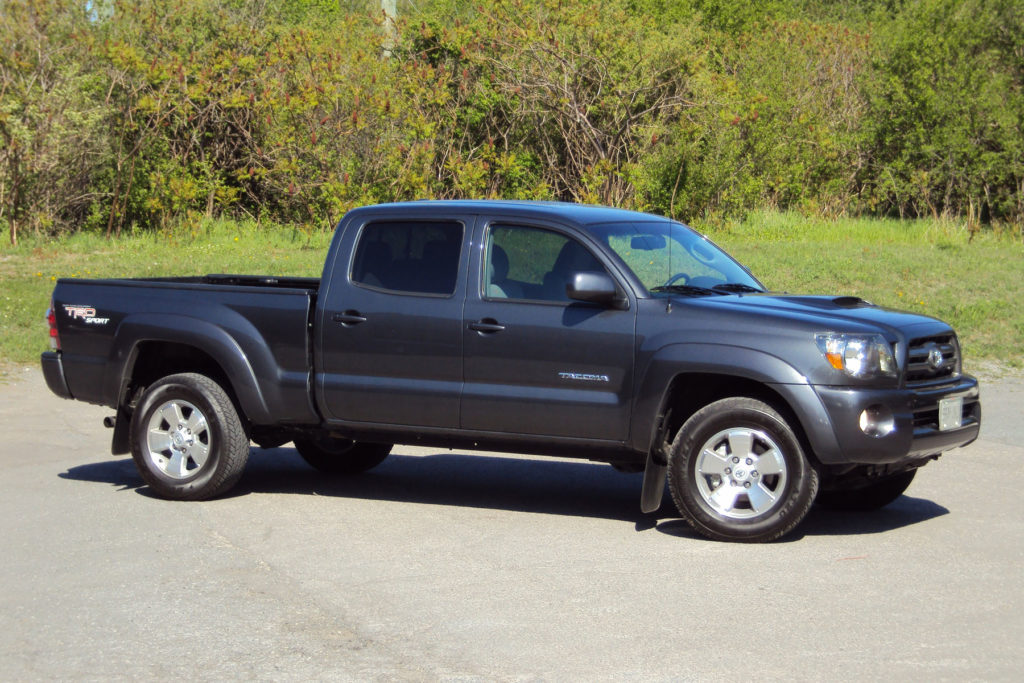
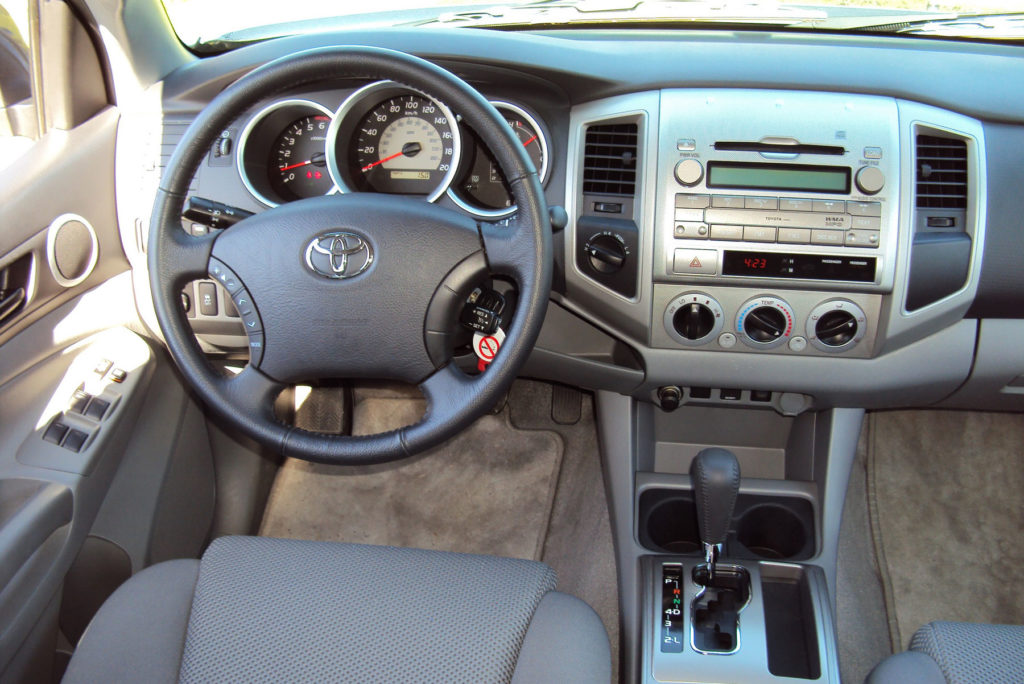
- In older versions of the Tacoma, watch for a four-wheel drive system that won’t engage. The most common cause is a failed actuator motor in the transfer case or front differential.
- If you hear a growling noise from a 4×4 Tacoma’s front end, look for worn bearings in the front differential.
- Toyota issued a number of service bulletins to help its dealer mechanics diagnose and fix common Tacoma trouble spots. One is for a rear suspension that bottoms out too easily when the cargo bed is loaded. Others deal with a rough shift from first to second gears in the automatic transmission and leaky engine water pumps.
- When test-driving, listen for a noisy climate-control fan and make sure the compass/outside temperature combination display works.
- Many owners of the newer 2016 design complain of a transmission that shifts up into its higher gears as early as possible to save fuel. It is also hesitant to downshift for passing maneuvers. While both are considered normal behaviour, these traits make the Tacoma’s acceleration feel lazy.
- Toyota issued a recall for a rear differential leak that, if not addressed, could cause the differential to fail. Before you buy, find out whether that particular truck was included in the recall and, if so, that the part has been replaced.
- Finally, numerous Tacoma owners complain of squeaks and rattles in the cabin.
Chevrolet Colorado and GMC Canyon
General Motors introduced the Chevrolet Colorado and GMC Canyon in 2004 to replace the Chevy S-10 and GMC Sonoma models. That design lasted until 2012, and GM reintroduced both in 2015 with an all-new design. Early trucks came with four-, five- and eight-cylinder engines; from 2015, engine choices were four- and six-cylinder gas engines and a four-cylinder diesel.
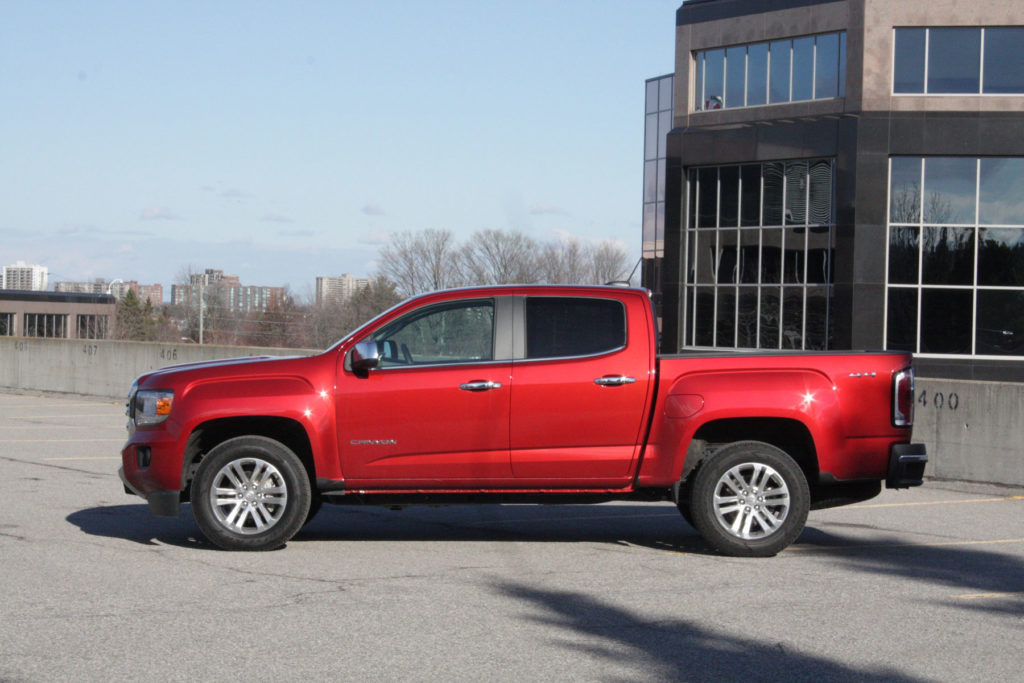
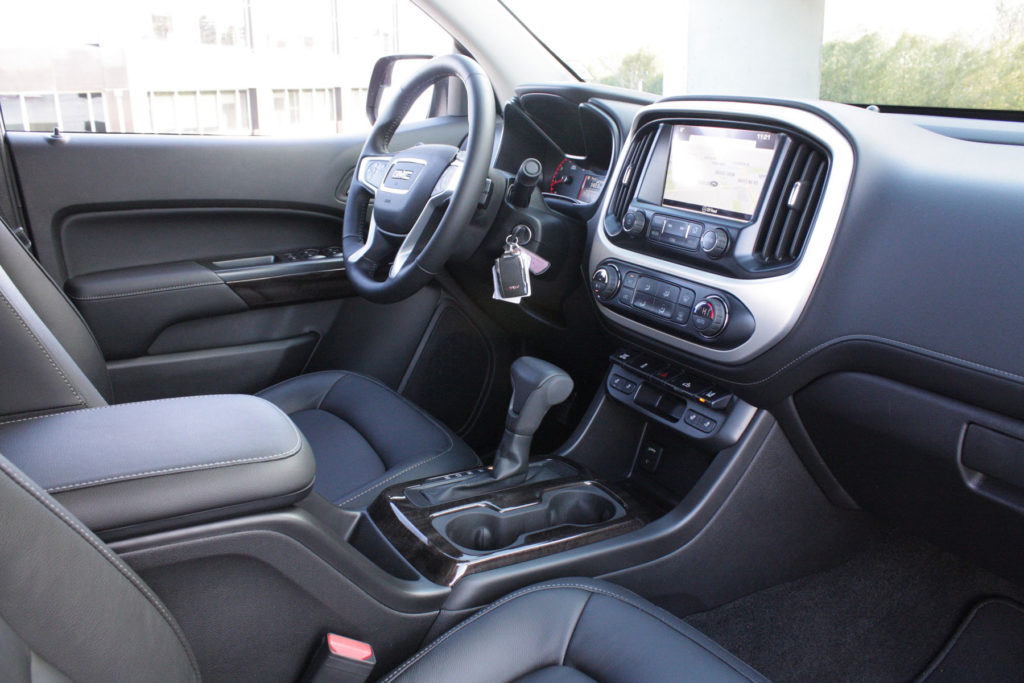
- In 2017, GM replaced a six-speed automatic transmission with an eight-speed. Despite promising better performance, the eight-speed is known for rough shifting and a delay before engaging drive or reverse. GM issued a service bulletin to help its dealers diagnose the latter issue. Both problems tend to get worse after the truck has sat for a long time. If the truck you test shows either (or both) of those problems, get it checked before buying. The fix could be as simple as new transmission-control software.
- When driving, listen for whining, whirring, groaning or moaning noises from the rear of the truck. Any of these sounds could indicate a worn or damaged differential.
- If the truck flashes a “service 4×4” warning, the problem is probably in the drive system’s electronics. Fiddle with the truck’s 4×4 selector dial during your drive to make sure four-wheel drive engages as it should.
- Another thing to check is the climate control system. A cracked temperature door in the A/C system is a known problem; the main symptom is the air being colder than it should be.
- In first-generation Colorado and Canyon models, a fan that stops working on certain speed settings needs a new part called a resistor. The failed resistor can cause a wiring connector to overheat and melt, so you may have to replace a short section of the fan’s wiring harness, too.
- Some owners report the automatic transmission in an older Colorado or Canyon appears to downshift on its own for no reason in highway driving. What’s really happening is the torque converter is unlocking, allowing the engine to rev a bit higher. In 2012, General Motors issued a software update that fixes this issue.
- A Colorado or Canyon that suddenly loses power and runs rough may need a new camshaft position sensor.
- If a 2004 or 2005 model of either truck makes a ringing or whistling noise when the A/C is on, it may benefit from a service bulletin to have a new evaporator installed.
Nissan Frontier
The Nissan Frontier is the oldest design in this group, redesigned way back in 2005 with only minor changes since.
- Like many vehicles with an automatic transmission, the Frontier has a transmission-fluid cooler built into the radiator. A flaw in Nissan’s design can allow engine coolant to contaminate the transmission fluid. If not caught early and repaired, the leak can cause major transmission damage. This problem didn’t affect a huge number of trucks, but it is well-known among Frontier owners. When test-driving, pull the transmission dipstick: if the fluid looks frothy or sludgy, it may already be too late.
- Worn parts in the V6 engine’s timing chain can cause a rattling or whining sound when the engine is running. If you suspect that problem in a truck you test-drive, get it checked by a mechanic before you buy. This affects mostly 2005-2010 Frontier models.
- On a less-serious note, some Frontier owners have reported a fuel gauge that is inaccurate or simply stops working. In most cases, the problem is a failed sensor in the gas tank.


